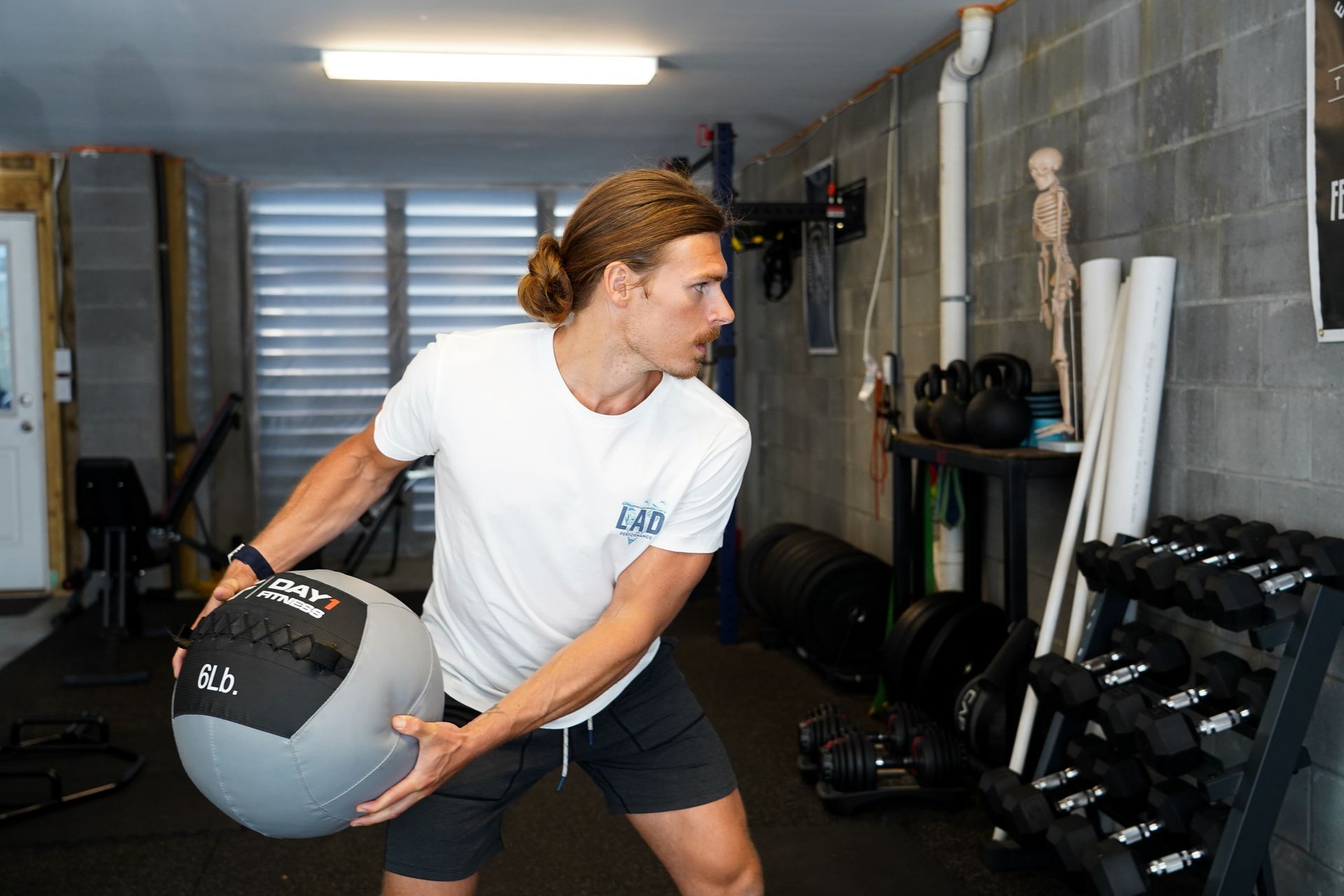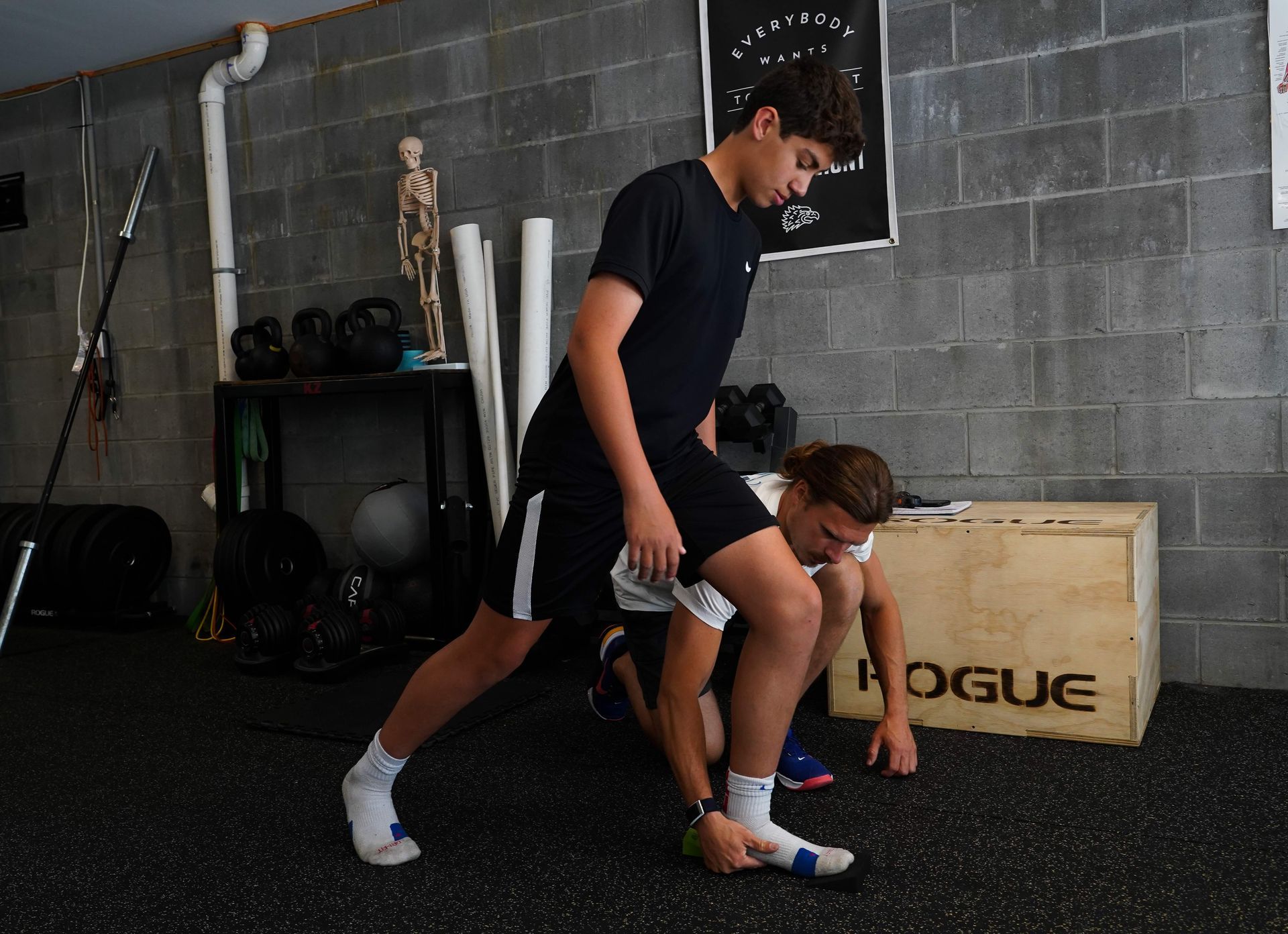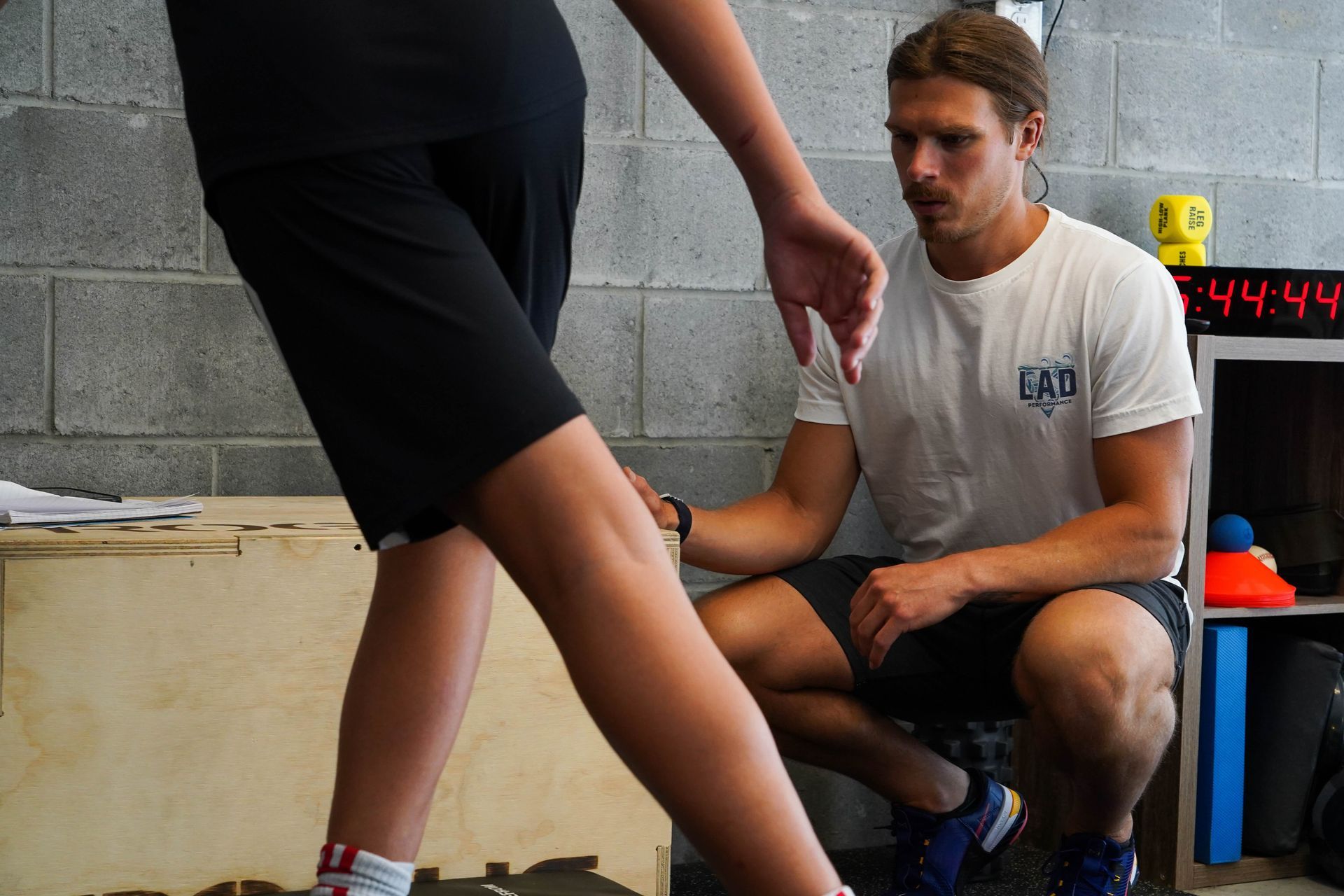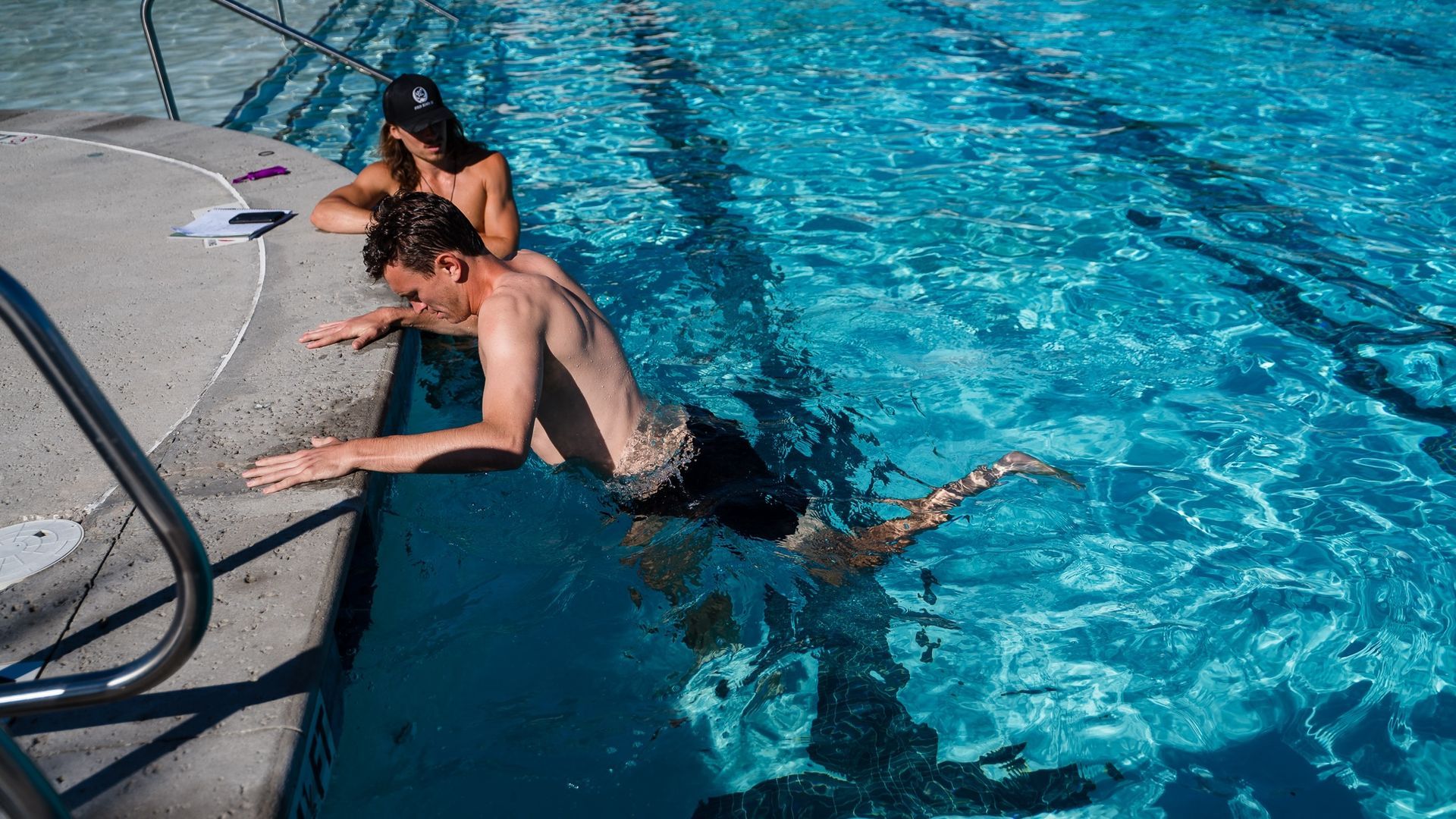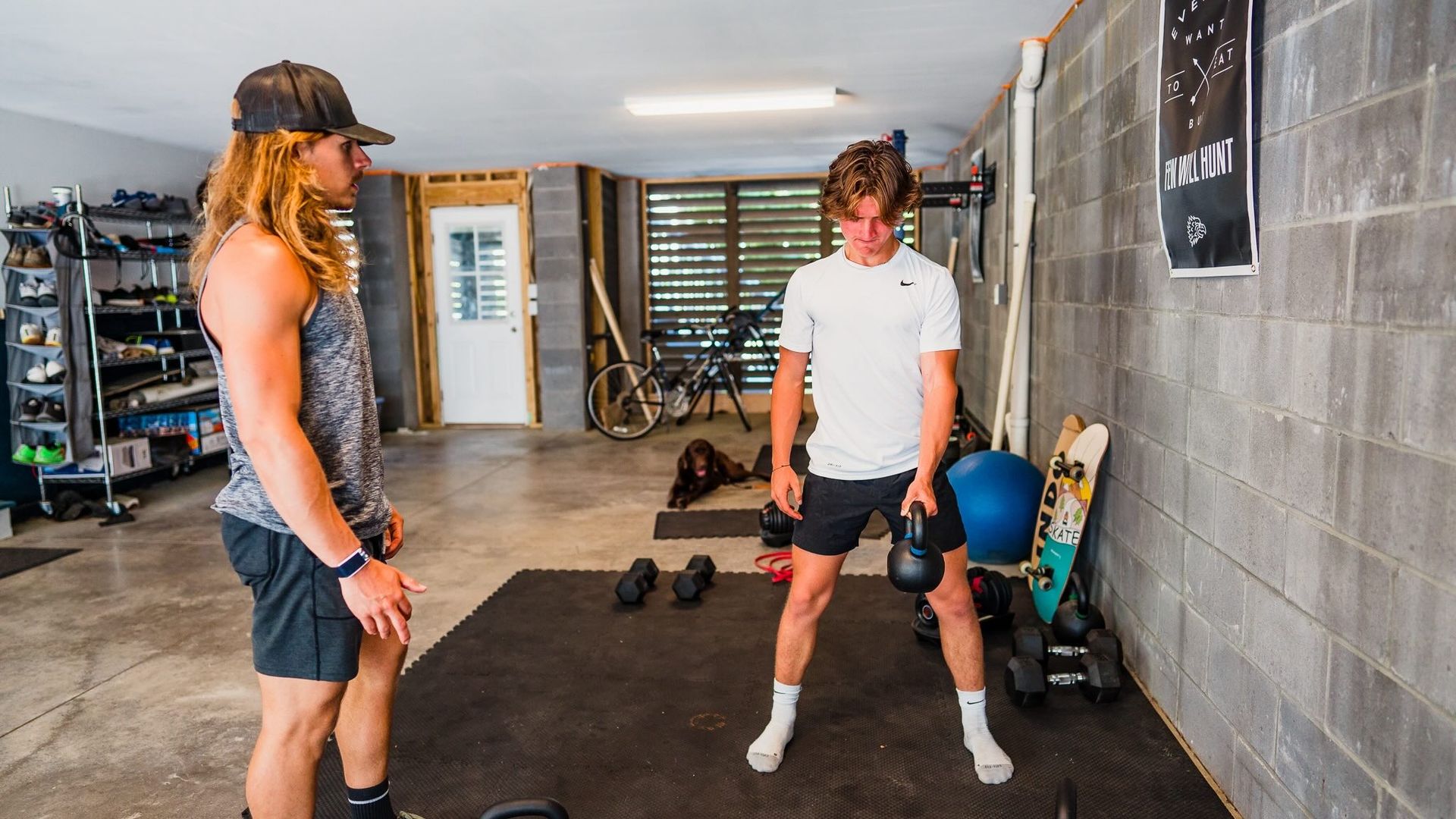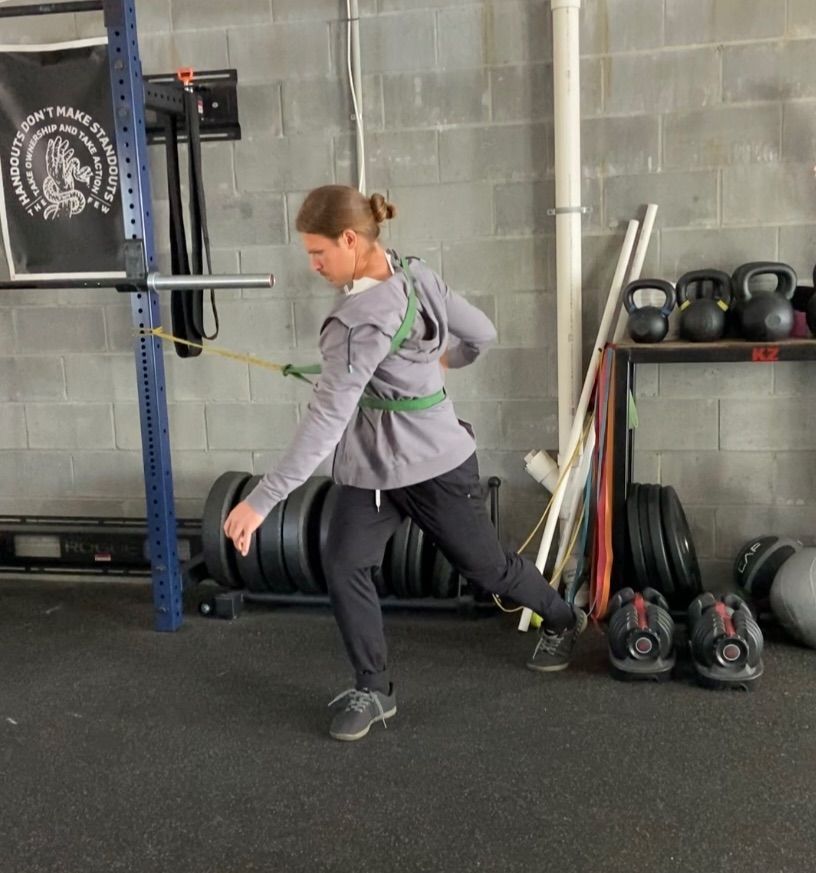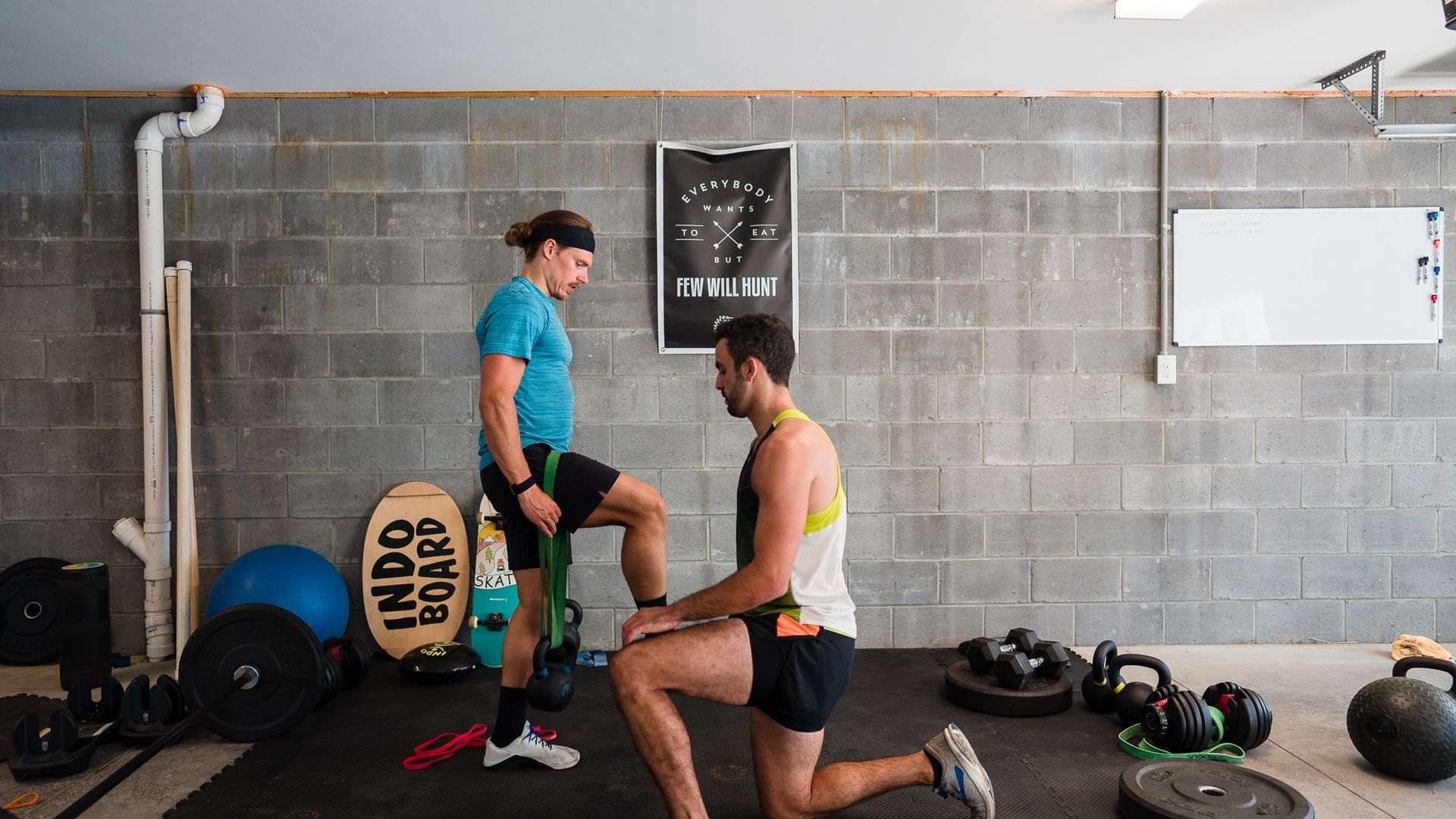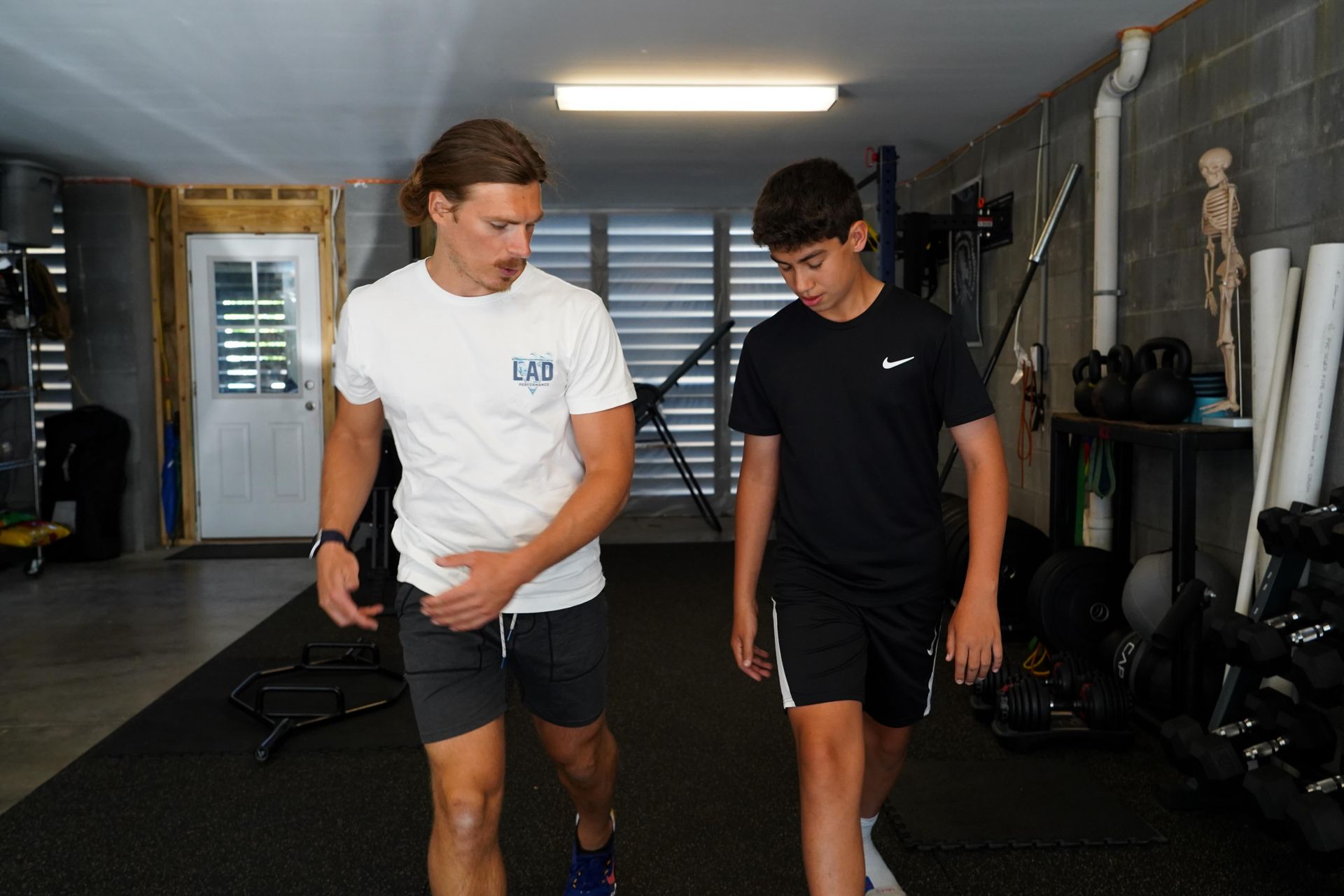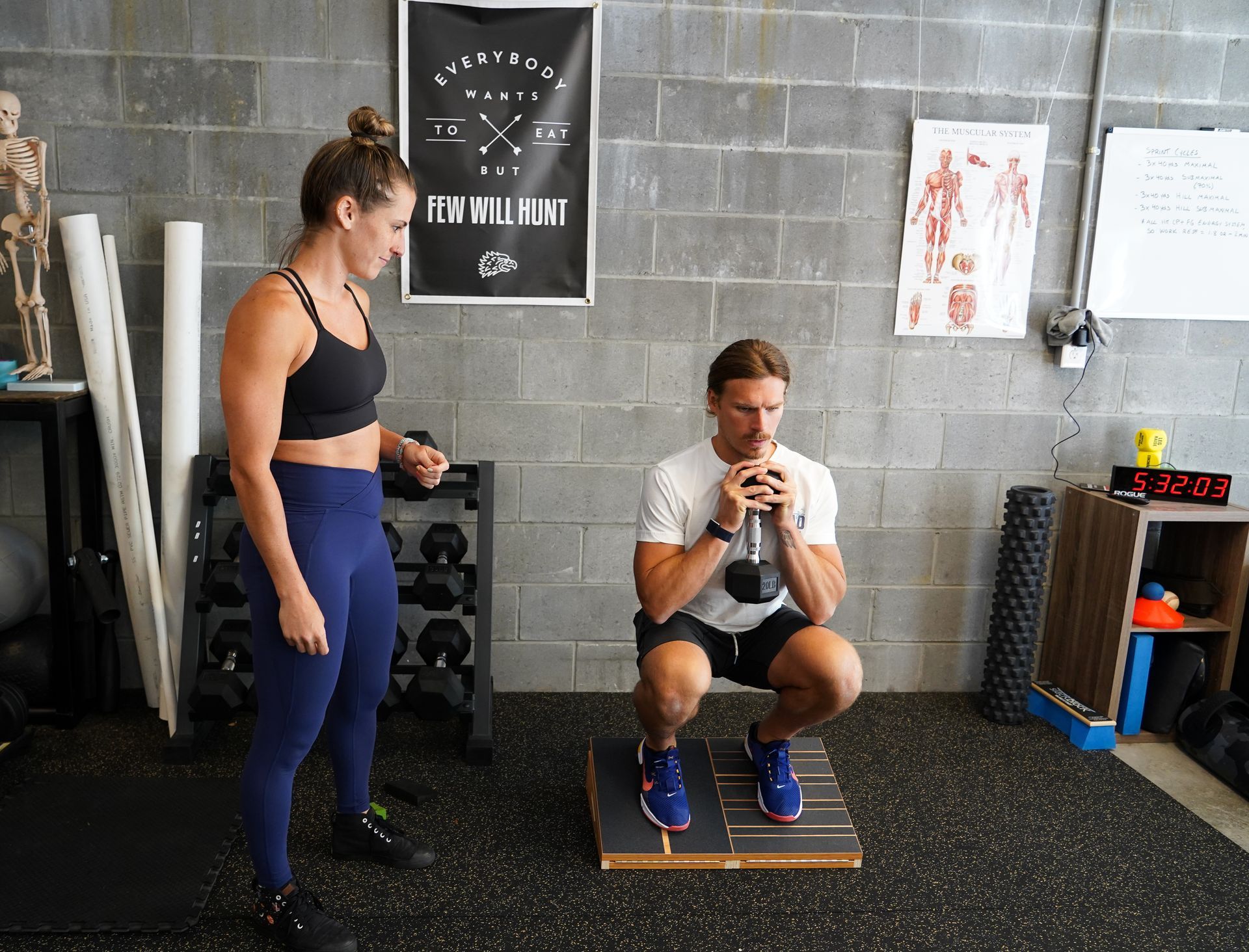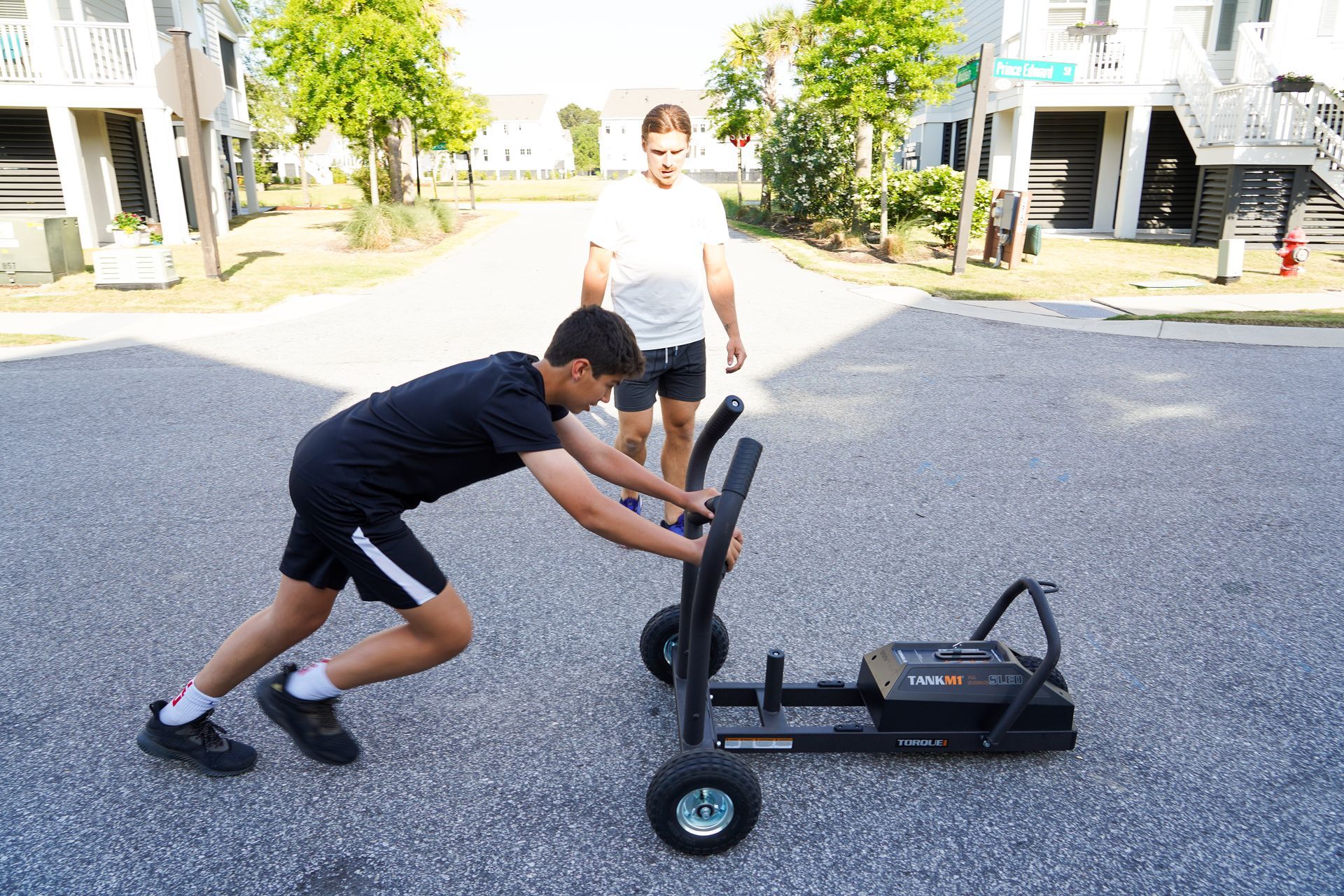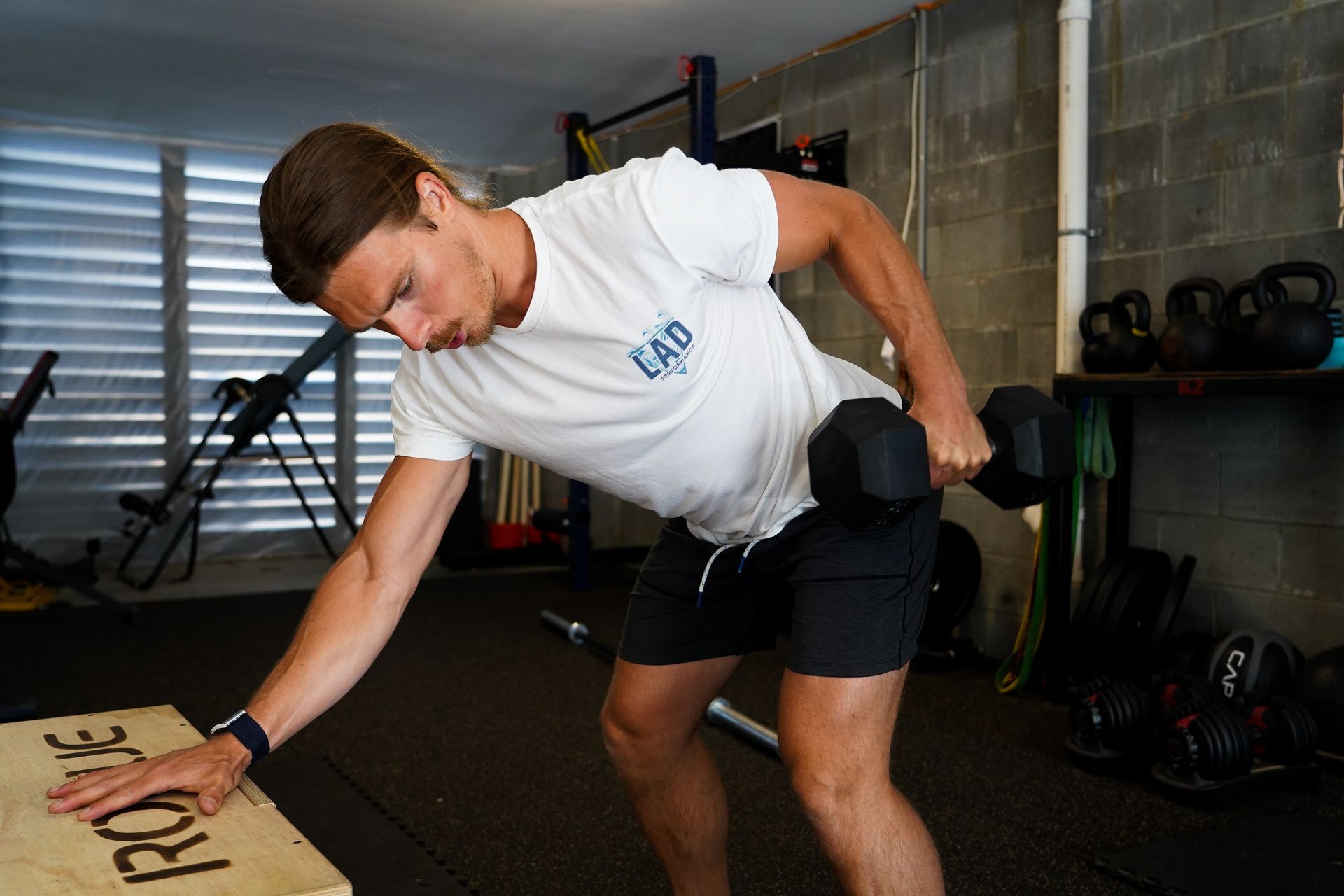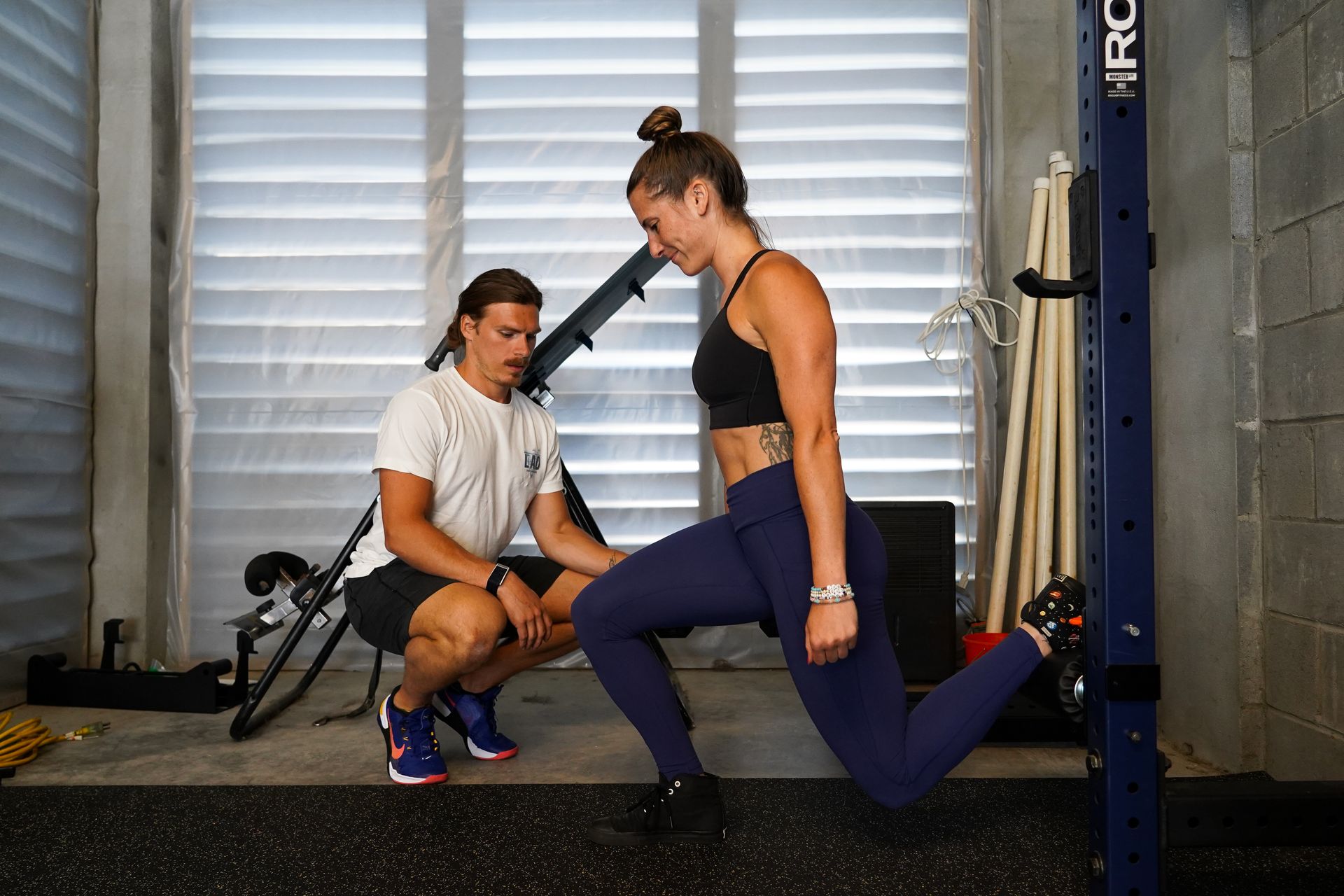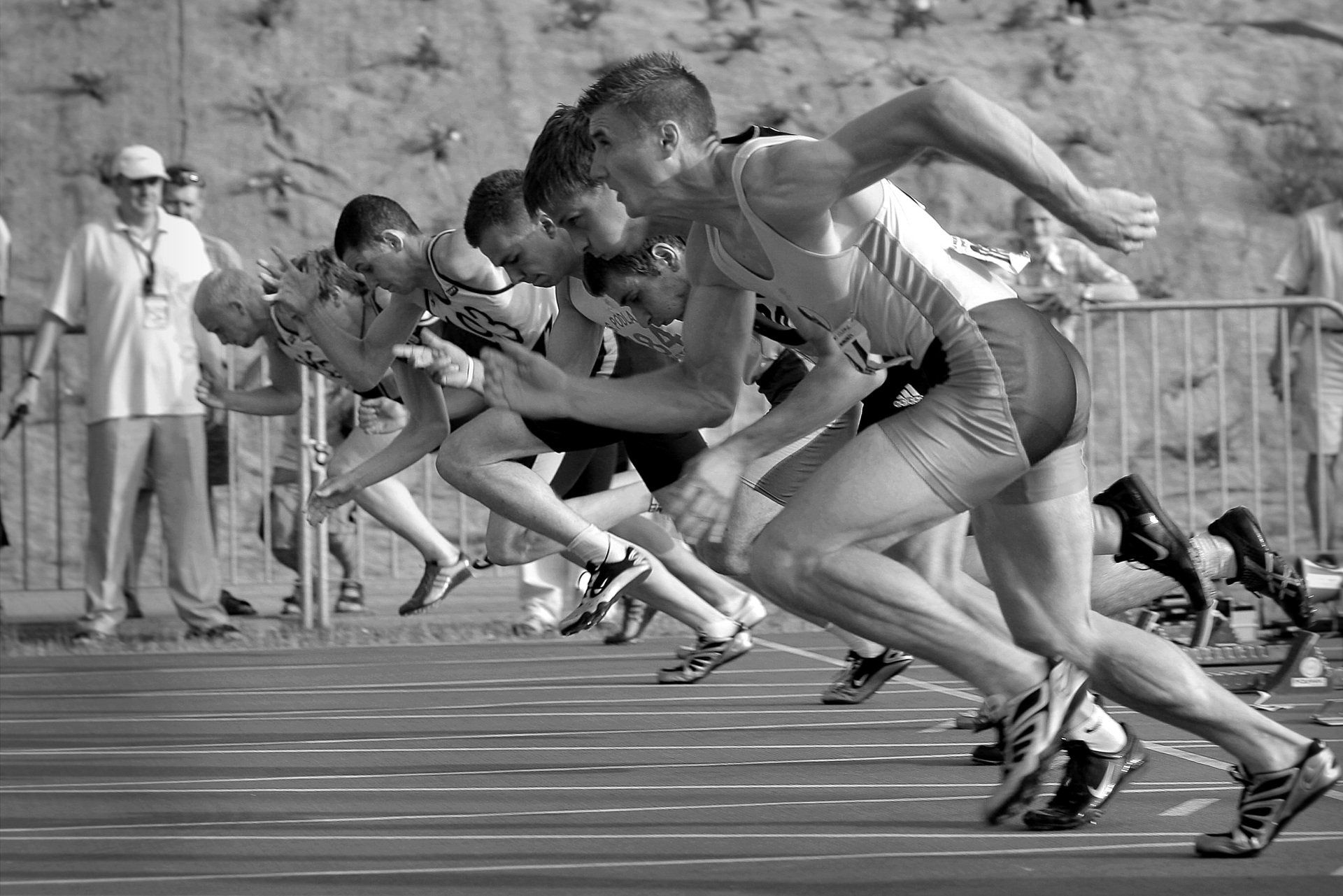How Strong is Strong Enough
Gaining strength is multi-factorial and highly dependent on a disciplined approach toward this pursuit. Some may find this to be easier than others, id be lying if I said that genetics do not play a factor. What I have understood in my decade+ long journey of resistance training is that consistency is truly the most important thing. There are so many ways that people are selling strength. 1 by 20, slow eccentrics, wave sets, french contrast, tempo training, etc… Here’s the thing, they all work! The work does work. All of these examples are not equal & they do depend on the goal you are shooting for, but they can all get you stronger. The question becomes how strong do I need to get?
The majority of the sports I work with are team sports, fast paced, change of direction. A lot of my younger, immature athletes who come to me and talk about goals want to get stronger, yet the idea of this isn’t always understood. My perspective on strength has evolved over my time in the field. I don’t demonize strength training, I say my perspective has evolved, not changed. I love strength training, it’s needed. I have made mistakes with younger athletes on both sides of the spectrum… I have prioritized and carried strength in a disconnected proportion & on the flip side I have not done any strength training at all and saw some repeated soft tissue injuries creep into the mix.
I personally do what some would call strength training about 4 times per week. However, this looks very different than what you are used to seeing. I think of strength differently than most traditional strength and conditioning or sports performance coaches. Most coaches think and program strength in terms of compressing the body as hard as possible. I view strength as being more resilient, elastic and powerful. The former diminishes options & decreases problem solving capabilities.
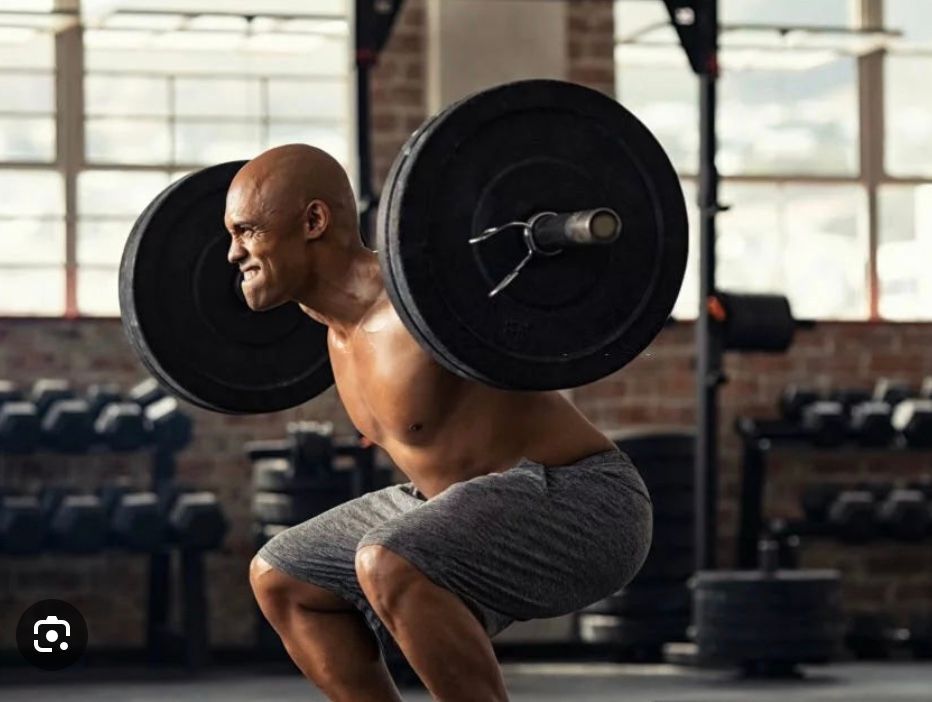
There’s a great book on movement from Adarian Barr and Jenn Pilotti called, “Let me Introduce You…” This book talks about many interesting topics, but one chapter of the book highlights stress, strain and deformation of the body as you move through space. This really resonates with me.
Stress, as they put it, is a force that is imposed upon you. Gravity would be a stress. If you are squatting with a weight on your back the weight on your back is a stress. There are different degrees of this stress, some things provide more. Pretty easy to understand, right? For example, a barbell squat would be greater stress than a bodyweight squat. This stress creates an input within your system. This input determines how much output you provide. Makes sense. Think about that same squat example… you require much more input with a bar on your back than a bodyweight squat.
The stress creates a strain. Strain, as they put it, is the resistance to the imposed stress. This resistance can be high or it can be low. Going back to the barbell squat example the strain (resistance) needs to be high because if it wasn’t you would crumble underneath the bar like a house of cards. Strain would be low for someone who is trying to work with gravity to fall toward the ground or for a yogi who is trying to do a back bend. There isn’t much resistance, if there was the end ranges would look a lot different!
This interplay between the stress and the strain creates a deformity somewhere in the body. The amount of deformation depends on how much stress and how much strain. If the strain equals the amount of stress placed on the system then there isn’t that much deformation. Here’s the thing though… in movement something has to deform. There has to be some sort of yielding at the joints in order for you to move through space.

Cool. Soooo why am I bringing all of this up? To me if you know about how your body moves in space and where you want this deformation to happen then you can understand how to get strong. I really like how Jenn and Adarian highlight this in the book. It was a lightbulb moment for me and actually changed a lot about how I think about what needs to get strong.
Here’s a real example of something I see all the time with my athletes @ LAD HQ… A lot of my high schoolers like your traditional upper body volume days. It gives them confidence, gives them a nice little pump to carry forward that day. They see this everywhere on social media feeds, they see the big muscles in the chest and back and they want that. I totally get it, I do too! Here’s the thing… though the “broness” is amazing for things such as improved body armor and horsepower, more confidence, more tissue resilience, etc.. it does come at a cost if done excessively. I see this a lot with a lot of high school kids who solely choose bodybuilding methods to get stronger. They start losing degrees of freedom in their movement, start moving more like a fridge. You know how difficult it is to turn a fridge, right? It’s all 90 degree turns. Our body is not designed to move this like! We are organized in spirals ( a helical design)
What is misunderstood is that too much compression can effect the signal, it can effect the timing and sequencing of joints as it pertains to when they are supposed to fire. Let’s take the back squat. Too much back squat can yield a poor transition to the speed position or “Class II Lever” as Adarian Barr puts it. Traditional squatting is done with the heel pressed into the ground and the weight behind your fulcrum or pivot point (which you can think of as the ankle complex in the squat). Though this does a lot for what we mentioned earlier it could very much produce a “mushy” or too muscular driven strategy for your sport. This is clearly evident when you accelerate in sport, you’ll see a heel that is pinned to the ground and an athlete who struggles to get to the ball of the foot quickly. I know this because I have been through it.
Okay, let’s come back to the beginning. How strong do we get?
Well, as strong as we need to be that doesn’t interfere with the coordination, sequencing and timing of our movement. Will squatting twice a week be bad for this? No, have at it. Change up the position of the load, change of the depth, do some single leg, etc.. Will a “bro day” or two effect how quickly I am changing direction in my sport? No. I am telling you to be cautious of your shape changes. Be cautious of your movement patterns and when you feel that those are being interfered with. You need to become a better sensor. Ask yourself better questions… how will this exercise transfer to athleticism?
At LAD Performance we incorporate strength in a mixture of ways. Your body responds well to complexity, but we don’t complicate strength. As we have talked about before, your body is a system of systems and everything is not linear. Here’s another way of saying this: sprinting a few times a week will most likely make you stronger in the weight room. Why would that happen? Well think about how fast you have to send neurological signals, think about how your systems have to coordinate and fire at precisely the right time. There is so much complexity there that it is nearly impossible to replicate in the weight room. Complimented, sure, but not replicated.
Make sure your strength training is not making you a worse athlete for your sport. Have measured tests to gauge yourself. In our program, The Foundational Athlete, you can see how we incorporate strength into our athletic development plan. You’ll quickly understand what I mean by carrying strength in a manageable ratio.
Gaining strength is multi-factorial and highly dependent on a disciplined approach toward this pursuit. Some may find this to be easier than others, id be lying if I said that genetics do not play a factor. What I have understood in my decade+ long journey of resistance training is that consistency is truly the most important thing. There are so many ways that people are selling strength. 1 by 20, slow eccentrics, wave sets, french contrast, tempo training, etc… Here’s the thing, they all work! The work does work. All of these examples are not equal & they do depend on the goal you are shooting for, but they can all get you stronger. The question becomes how strong do I need to get?
The majority of the sports I work with are team sports, fast paced, change of direction. A lot of my younger, immature athletes who come to me and talk about goals want to get stronger, yet the idea of this isn’t always understood. My perspective on strength has evolved over my time in the field. I don’t demonize strength training, I say my perspective has evolved, not changed. I love strength training, it’s needed. I have made mistakes with younger athletes on both sides of the spectrum… I have prioritized and carried strength in a disconnected proportion & on the flip side I have not done any strength training at all and saw some repeated soft tissue injuries creep into the mix.
I personally do what some would call strength training about 4 times per week. However, this looks very different than what you are used to seeing. I think of strength differently than most traditional strength and conditioning or sports performance coaches. Most coaches think and program strength in terms of compressing the body as hard as possible. I view strength as being more resilient, elastic and powerful. The former diminishes options & decreases problem solving capabilities.
🗣️: If you are looking to take the guesswork out of your training and have athletic goals coming up this year I’d highly recommend my online program, The Foundational Athlete (TFA). This program was built from years of experience keeping concepts like what I have shared today in mind. No matter what sport or how old you are the program holds tremendous value 🤝
RIGHT NOW TFA is being offered with a ONE WEEK FREE TRIAL. If you sign up & aren’t liking what you see just cancel it before the week is over and you won’t be billed. What’s the harm in that? To learn more you can click below! I’d love for you to be a part of the LAD Performance team & hear more about your performance goals this year.
